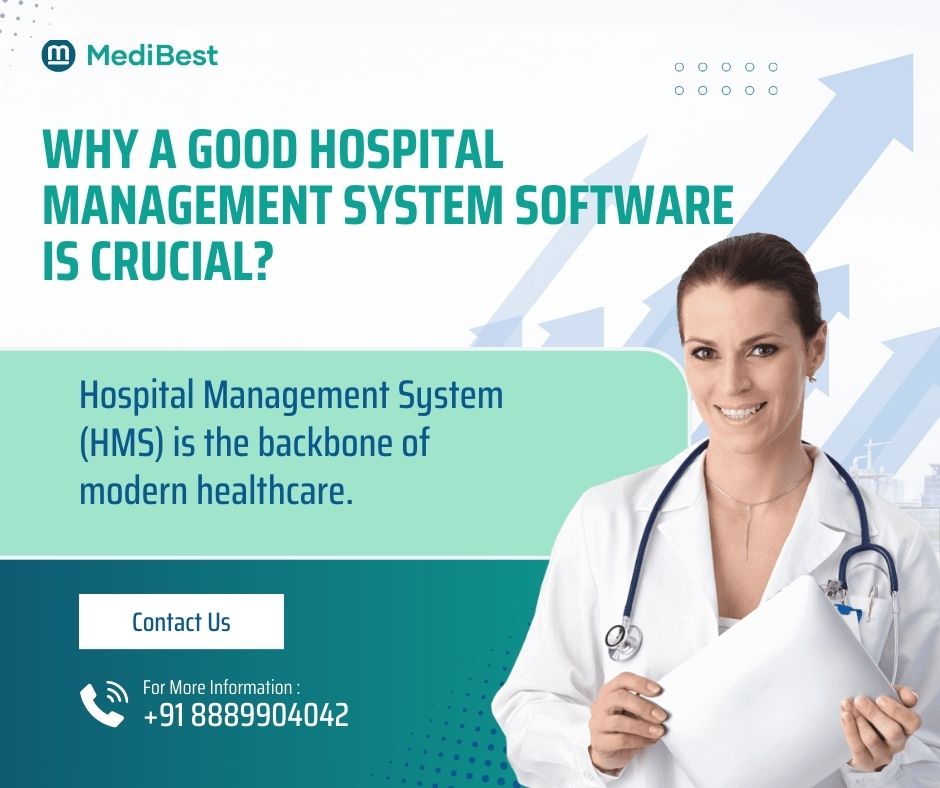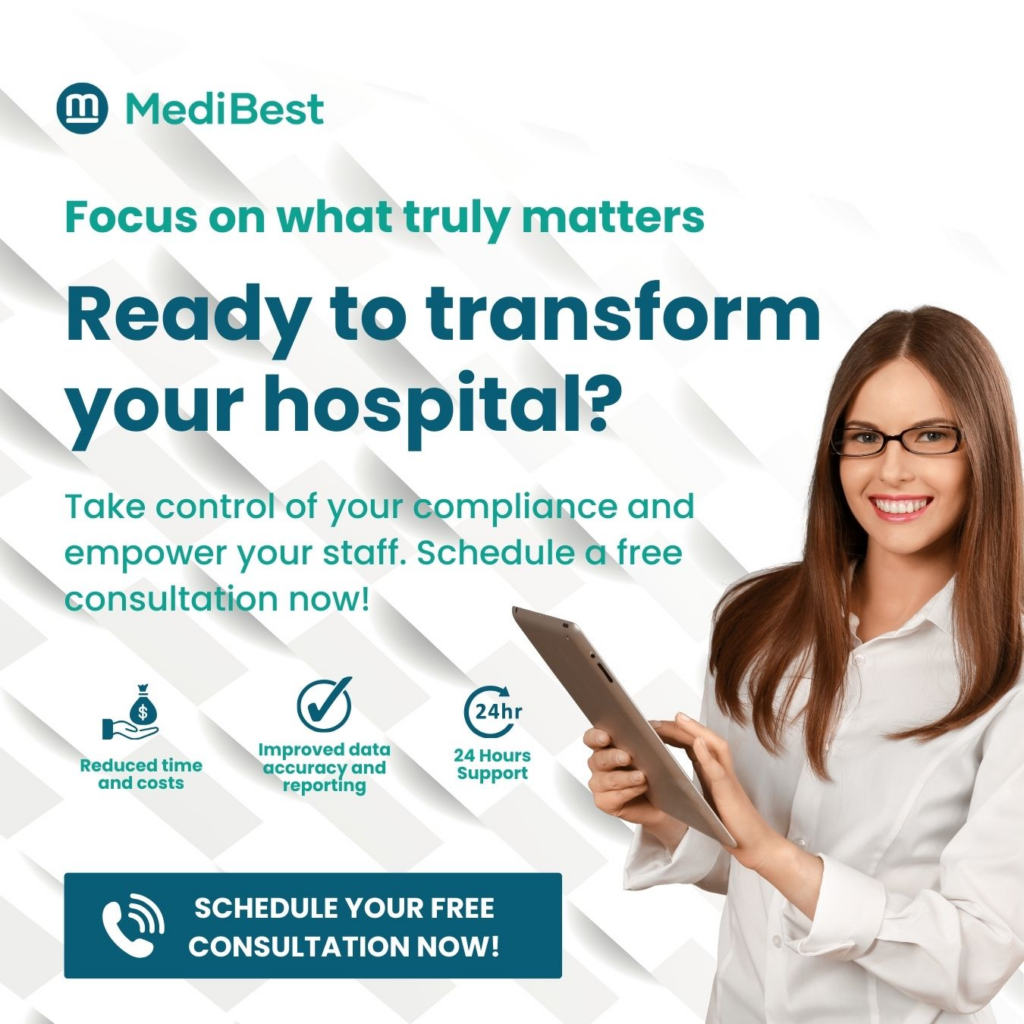In today’s digital age, managing personal health information has become increasingly important. Personal Health Records (PHRs) are emerging as a crucial tool in modern healthcare management systems. This comprehensive guide will explore the meaning and benefits of PHRs.
What is a Personal Health Record (PHR)?
A Personal Health Record (PHR) is a digital collection of an individual’s health information that is maintained and controlled by the patient. Unlike Electronic Health Records (EHRs) managed by healthcare providers, PHRs empower patients to take an active role in their healthcare management.
PHRs typically include a wide range of health-related data, from medical history and medications to allergies and test results. This comprehensive health management software allows individuals to store, track, and share their health information securely.
What Are The Benefits of PHR?
Implementing a PHR as part of a hospital management system software offers numerous advantages for both patients and healthcare providers.
Let’s Explore These Benefits in Details:
1. Organization and Convenience
PHRs provide a centralized location for all health-related information, making it easy to access and manage medical data. This organization enhances the efficiency of hospital software and streamlines patient care.
2. Health Tracking and Assessment
With a PHR, patients can monitor their health trends over time, enabling better self-assessment and proactive health management. This feature is particularly valuable in healthcare management systems.
3. Patient Engagement
PHRs encourage patients to take an active role in their healthcare, fostering better communication with healthcare providers and improving overall health outcomes.
4. Control and Decision-Making
By having access to their complete health history, patients can make more informed decisions about their health and treatment options.
5. Emergency Preparedness
In critical situations, PHRs provide immediate access to vital health information, potentially saving lives and improving emergency care.
6. Family Health Management
PHRs can help track family health history, making it easier to identify potential genetic risks and manage family health proactively.
7. Maximizing Doctor Visits
Patients can review their health data before appointments, leading to more productive and efficient consultations with healthcare providers.
8. Communication and Collaboration
PHRs facilitate better information sharing between patients and multiple healthcare providers, improving coordination of care.
9. Reminders and Alerts
Many PHR systems include features for medication reminders and appointment alerts, enhancing adherence to treatment plans.
10. Cost Savings
By reducing duplicate tests and improving overall health management, PHRs can contribute to significant cost savings in healthcare.
11. Privacy and Security
Modern PHR systems incorporate robust security measures, ensuring that sensitive health information remains confidential and protected.
What Information Goes Into a PHR?
A comprehensive PHR typically includes the following types of information:
1. Medical History
– Diagnoses (current and past medical conditions)
– Chronic illnesses
– Injuries and hospitalizations
– Surgical history
– Allergies and adverse reactions
2. Medications
– Current prescriptions
– Prescription history
– Medication administration details
– Side effects experienced
3. Treatments and Procedures
– Medical procedures
– Surgeries
– Ongoing treatments for chronic conditions
4. Diagnostic Information
– Imaging reports (X-rays, MRIs, etc.)
– Lab reports
– Other diagnostic test results
5. Preventive Care
– Vaccination records
– Regular check-up information
– Screening test results
6. Family Health Information
– Family medical history
– Genetic risk factors
7. Personal Health Observations
– Symptoms and their progression
– Lifestyle changes
– General health-related notes
8. Emergency Information
– Current allergies
– Ongoing critical conditions
– Emergency contact details
What are the Different Types of Personal Health Records?
There are primarily two types of PHRs:
1. Standalone PHRs
These are independent systems that patients can use to input and manage their health information manually. They are not connected to any healthcare provider’s system.
2. Connected PHRs
These PHRs are linked to a healthcare provider’s electronic health record system. They can automatically update with information from doctor visits, lab results, and other medical interactions.
Why to Maintain a Personal Health Record?
Maintaining a PHR is crucial for several reasons:
1. It provides a comprehensive overview of your health history.
2. It enables better management of chronic conditions.
3. It facilitates more informed discussions with healthcare providers.
4. It helps in avoiding medication errors and drug interactions.
5. It ensures continuity of care when changing healthcare providers or locations.
What are the Drawbacks of Maintaining Paper Based PHR?
While paper-based PHRs were once common, they come with several limitations:
1. Scalability Issues
As health information accumulates over time, paper records become cumbersome and difficult to manage.
2. Limited Security and Backups
Paper records are vulnerable to physical damage, loss, or theft, with no easy way to create backups.
3. Time-Consuming and Prone to Errors
Manually updating and organizing paper records is time-intensive and increases the risk of errors.
4. Inconsistent Layouts
Without a standardized format, paper records can be disorganized and challenging to navigate.
5. Lack of Clear Audit Trails
It’s difficult to track who has accessed or modified paper records, raising privacy concerns.
What is the Difference Between EHR and PHR?
While both EHRs and PHRs contain health information, they differ in Several Key aspects:
| Features | Electronic Health Records | Personal Health Records |
| Created and maintained by | Healthcare providers | Individual |
| Content | Comprehensive medical history from all providers | Information from various sources, including self-reported data |
| Primary users | Healthcare professionals | The patient |
| Regulatory requirements | Subject to strict regulatory requirements | May or may not be subject to the same regulations as EHRs |
Frequently Asked Questions:-
1. Can I Maintain my Personal Health Record Online?
Yes, many digital platforms and apps allow you to maintain your PHR online. These cloud-based solutions offer the advantage of accessibility from any device with internet connectivity, ensuring your health information is always at your fingertips.
2. Is My Personal Health Record Safe Online? How Can I Ensure the Privacy and Security of My Data?
Reputable PHR systems employ robust security measures to protect your health data. To ensure privacy and security:
1. Choose a trusted PHR provider with strong encryption protocols.
2. Use strong, unique passwords and enable two-factor authentication.
3. Be cautious about sharing your PHR access with others.
4. Regularly update your PHR software and devices.
5. Review the privacy policy of your PHR provider.
3. How Can I Share My PHR Data with Doctors or Healthcare Providers?
Most digital PHR systems offer secure sharing options. You can typically:
1. Generate a shareable link or QR code for temporary access.
2. Grant specific permissions to healthcare providers through the PHR platform.
3. Export relevant data in a standardized format to share during consultations.
4. Can a Personal Health Record Help With Chronic Disease Management?
Absolutely. PHRs are particularly beneficial for managing chronic conditions by:
1. Tracking symptoms and medication effectiveness over time.
2. Setting reminders for medication and appointments.
3. Monitoring vital signs and test results.
4. Facilitating better communication with healthcare providers.
5. Enabling early detection of potential complications or worsening symptoms.
For more information on the benefits of PHRs in chronic disease management, visit the [Centers for Disease Control and Prevention] (https://www.cdc.gov/pcd/issues/2019/18_0534.html) website.
5. Q: How do I start creating my Personal Health Record?
A: Begin by gathering your medical history, current medications, and recent test results. Choose a reliable PHR platform or app, and start inputting your information. Consider asking your healthcare providers for copies of your medical records to ensure completeness.
6. Q: Are Personal Health Records legally recognized?
A: While PHRs are not typically considered legal medical records, they can be valuable supplementary information. In some cases, PHRs connected to healthcare providers’ systems may have legal standing. For more information, consult the [Office of the National Coordinator for Health Information Technology]
(https://www.healthit.gov/topic/privacy-security-and-hipaa/personal-health-records-phrs-and-hipaa-privacy-rule).
7. Q: How often should I update my Personal Health Record?
A: It’s best to update your PHR after each healthcare encounter, such as doctor visits, new prescriptions, or test results. Regular updates, at least quarterly, ensure your PHR remains current and useful.
Ready to take control of your health information? MediBest state-of-the-art Hospital Management System software includes robust PHR capabilities, empowering you to manage your health data securely and efficiently. Contact us today to learn how our healthcare management software can revolutionize your healthcare experience and support your journey to better health.


